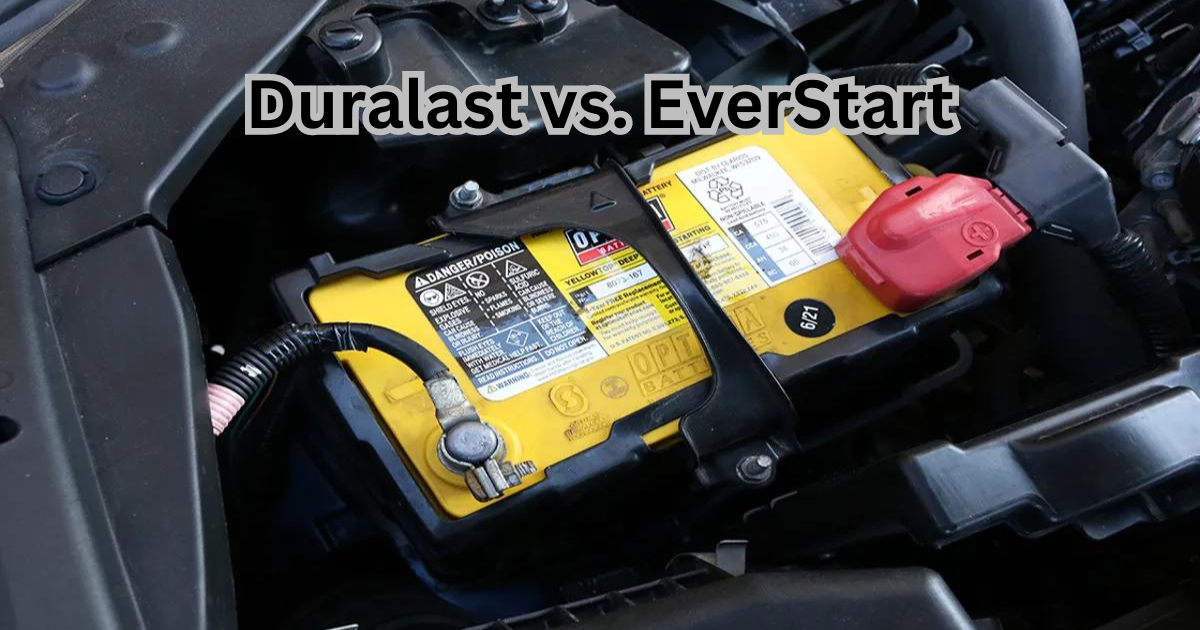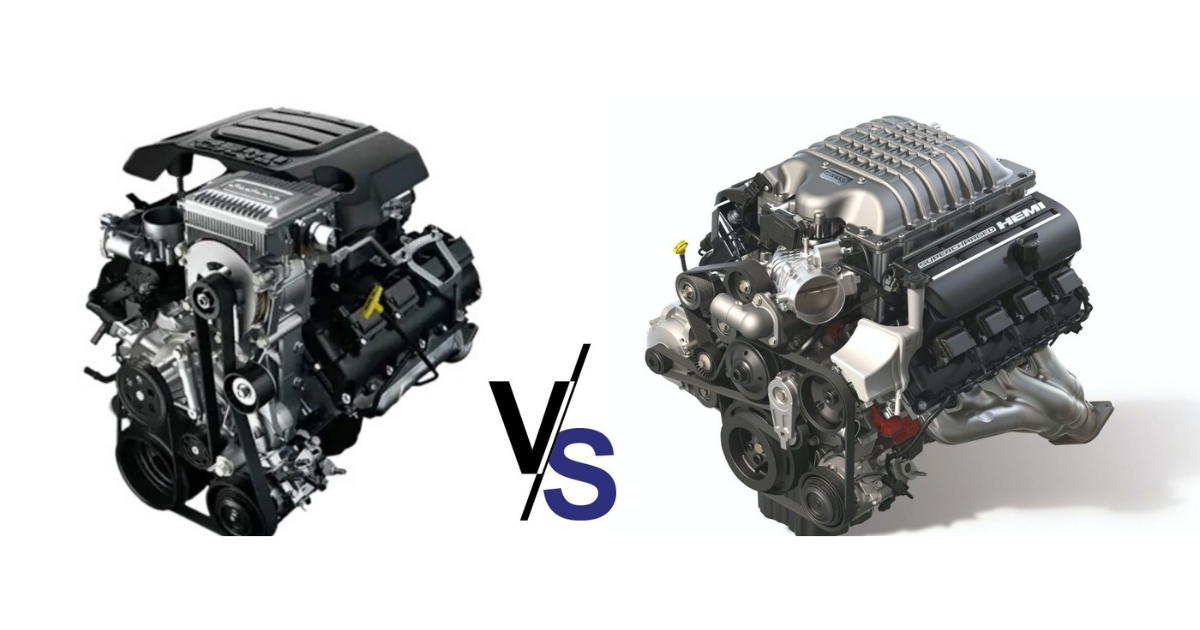Gear oils are essential for the smooth functioning of your vehicle’s transmission system. They protect the gear components from rust, corrosion, and oxidation, ensuring that they run smoothly. Two popular gear oils are 75w90 and 80w90, but which one is right for your vehicle? In this article, we’ll compare the two oils and help you make an informed decision.
Understanding the SAE Number
The Society of Automotive Engineers (SAE) assigns viscosity grades to gear oils, which are indicated by their SAE numbers. The first number before the “w” represents the oil’s viscosity at low temperatures, while the second number after the “w” represents its viscosity at high temperatures. For example, 75w90 gear oil has a viscosity of 75 at low temperatures and 90 at high temperatures.
75w90 Gear Oil
75w90 gear oil is a synthetic lubricant made entirely from synthetic base oils and additives. It is suitable for applications with extreme pressure and is recommended for use in colder climates and limited-slip differentials. This oil is ideal for axles, final drives, and heavy-duty manual transmissions. It has a high viscosity index (VI), oxidation, thermal stability, and excellent low-temperature fluidity, making it an excellent choice for high-pressure applications.
80w90 Gear Oil
80w90 synthetic oil can be used as a lubricant for non-synchronized manual transmissions for buses and trucks and in extreme-pressure applications. It is suitable for limited slip and conventional differentials. The 80w90 has two viscosity grades. The “w” shows how the oil is stable during the winter season, while the number 80 denotes that the oil works excellently in cold temperatures. The number 90 represents the oil’s viscosity or thickness at 100 degrees Celsius. Therefore, the kinematic viscosity of 80w90 gear oil ranges between 13.5 and 18.4 square millimeters/second. This oil features high shear stability and can withstand heavy loads.
Differences between 75w90 and 80w90 Gear Oils
- Viscosity: The most notable difference between 75w90 and 80w90 gear oils is their thickness or viscosity. 80w90 is denser than 75w90 at lower temperatures, making it more suitable for extreme weather conditions. However, its thickening at lower temperatures may degrade its efficiency level, thus affecting its production. On the other hand, 75w90 has a constant viscosity, making it more efficient than 80w90 in both hot and cold seasons.
- Density: The density of gear oils is related to their thickness. 80w90 gear oil provides a density of 0.90, while 75w90 gear oil provides a density of approximately 0.86. Thicker gear oils offer better protection than thinner oils, but they may become clumpy at lower temperatures, degrading their efficiency.
- Additives: Both 75w90 and 80w90 gear oils contain additives that enhance their performance. However, 75w90 gear oil features a particular adhesive packaging that coats gears and inhibits them from wearing out. This gear oil is ideal for heavy-duty applications. On the other hand, 80w90 is strengthened with lubricating and anti-wear agents, making it ideal for racing vehicles and other heavy-duty uses.
- Operating Temperature: 75w90 is thermally robust, thermally stable, and stable shear. This gear oil is multi-grade and is ideal for use in all types of vehicle drive applications. It can withstand temperatures as high as 300F to 350F. 80w90, on the other hand, operates in both extreme environments, making it the most recommended gear oil in summer and winter weather conditions.
- Uses: 80w90 is the most preferred gear oil to use during summer and winter. It is suitable for manual gearboxes, agricultural equipment, transaxles, and transfer cases in passenger vehicles, trucks, 4WDs, and light commercials. 75w90 covers a wide range of temperatures but is ideal for higher temperatures. It is recommended in heavy-duty manual transmissions, axles, and final drives.





